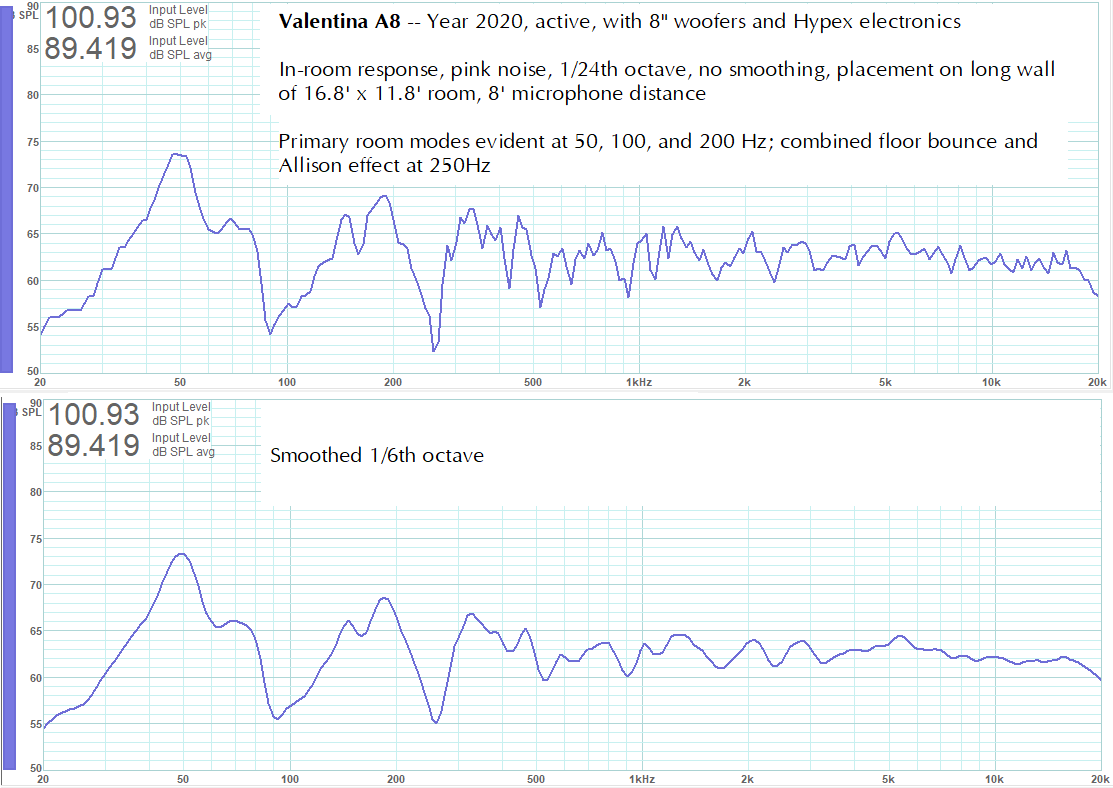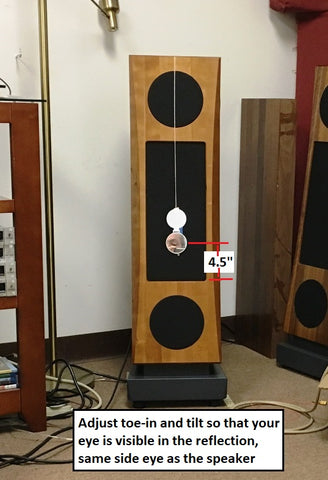Justdafactsmaam
Addicted to Fun and Learning
- Joined
- Nov 13, 2023
- Messages
- 802
- Likes
- 584
NoIs this the 'data' to which you refer ?
You couldn’t find this?From the link you posted - https://janszenaudio.com/
I see no measured data on that site at all, merely marketing bullshit.
Justdafactsmaam said:
Do you have any data? This is supposed to be a science based audio forum.

Specs -- Valentina A8
Frequency response, on axis, ±3 dB 30 Hz - 20 kHz in medium to large rooms 20 Hz - 20 kHz in small rooms Maximum continuous SPL from pair at sweet spot 112 dB in small room at 8’ distance [2.5m] 108 dB in medium to large room at 13' [4m] Peak transient SPL at least 6 dB higher Dispersion...


